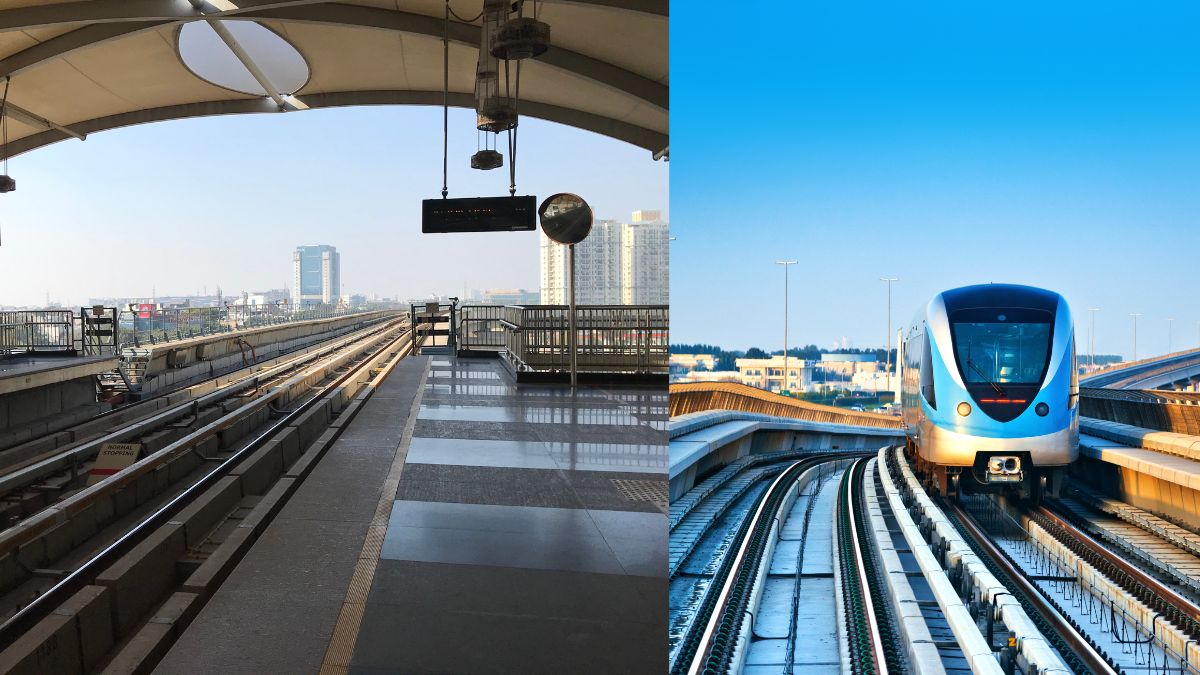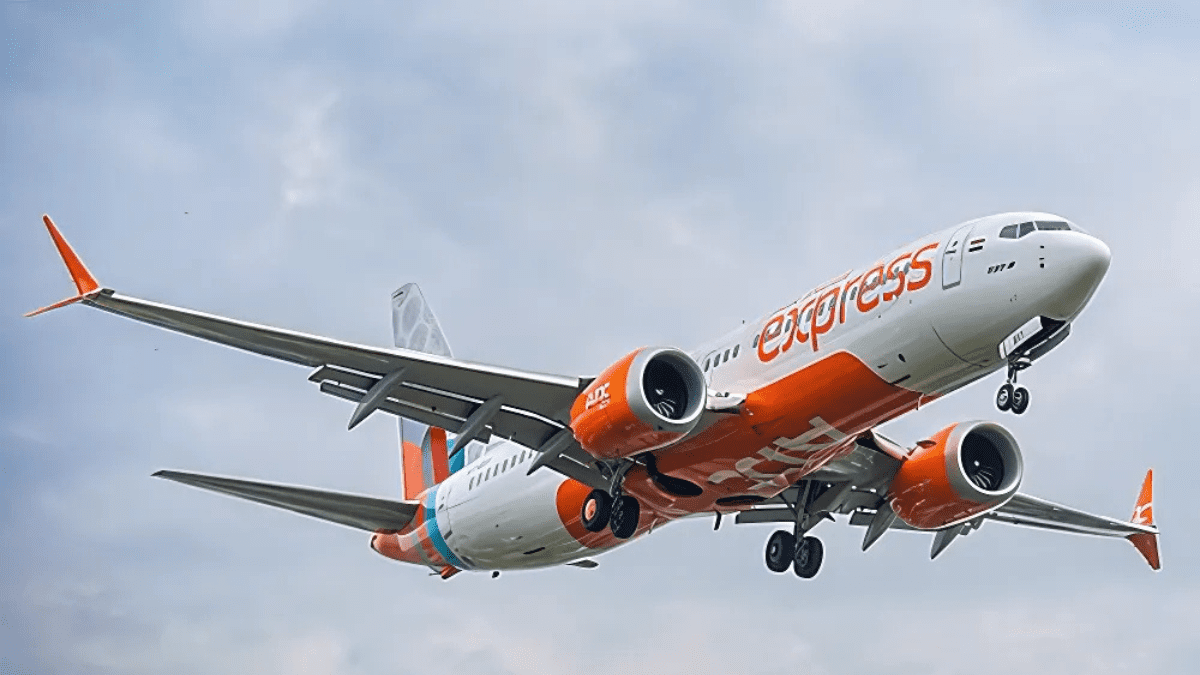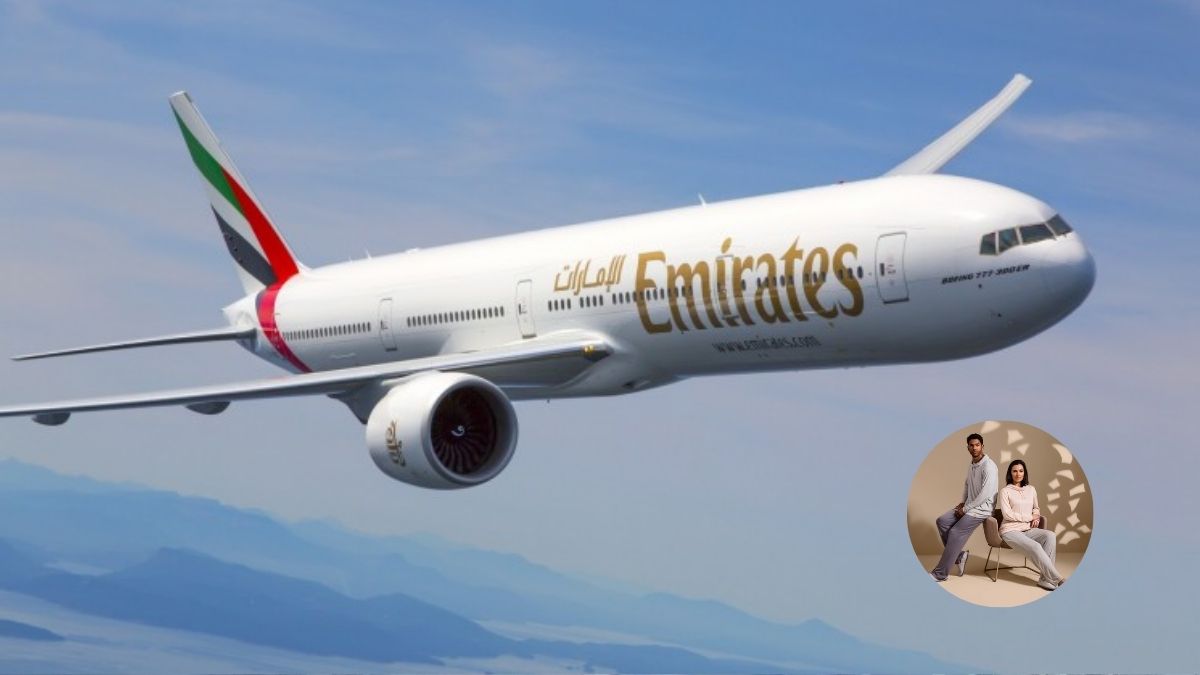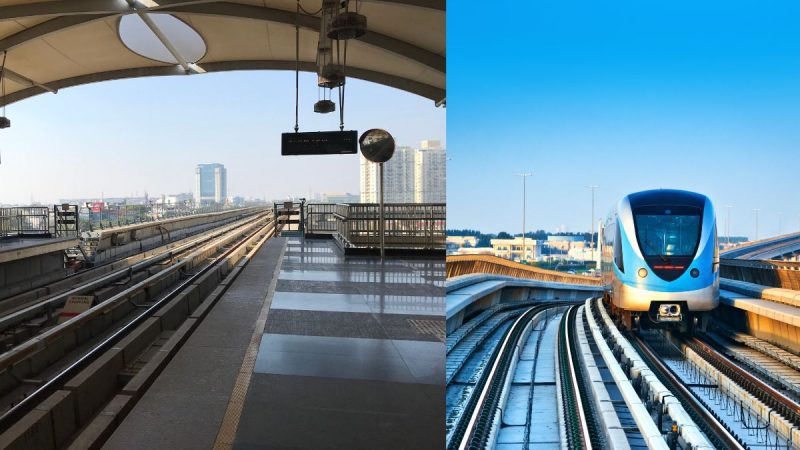The Regional Rapid Transit System (RRTS) is a revolutionary project across the National Capital Region (NCR). Among the prominent stations in this network is the Sarai Kale Khan (SKK) station, the largest station on the RRTS network. The station will feature a striking exterior design characterised by shades of peacock blue and beige.
Sarai Kale Khan RRTS To Have Artistic Exteriors
#Delhi #Meerat RRTS Work Progress. Sarai Kale Khan station and Bridge on Yamuna River seen in pics. pic.twitter.com/FFytukv9LH
— Chandrashekhar Dhage (@cbdhage) February 2, 2023
The exterior of Sarai Kale Khan (SKK) will be beige and peacock blue. To enhance the light impact, polycarbonate sheets will be paired with a monochromatic blue hue on the curved facade. The finalised design and colour palette are inspired by the shades of peacock feathers. This aligns with the overall motif of the other RRTS stations.
Consistent with nature, the SKK station will be open, spacious, and well-lit by natural light. The design includes a curved facade with a monochromatic blue shade. This curvature is intended to lend a dynamic and modern look to the station.
Sarai Kale Khan holds significant strategic importance in the RRTS network. Located in the heart of Delhi, it serves as a critical junction connecting various modes of transport. The station is designed to integrate seamlessly with other transportation systems. This includes the Delhi Metro, Indian Railways, and Inter-State Bus Terminals (ISBT), making it a major transportation hub.
This Station To Be An Important Hub
Sarai kale Khan RRTS station design looks better than this
Below is Ghaziabad RRTS station pic.twitter.com/kDNANq6icG
— Delta (@72VirginService) November 15, 2023
With dimensions of 215 meters in length, 50 meters in breadth, and 15 meters in height, SKK will have 18 escalators and 14 lifts to serve passengers. Six platforms are level with four tracks at the station. Additionally, the metro station, train station, and interstate bus terminal are all connected to the SKK station. Dedicated FOBs are used to provide connectivity to the Veer Haqiqat Rai ISBT and Hazrat Nizamuddin Railway Station, and an entry close to the RRTS station creates a link to the Delhi Metro Pink Line. Ring Road entry points and city bus interchange facilities have also been created.
Between the RRTS, ISBT, city bus terminal, metro, auto taxi parking, and vehicle drop-off, a central interchange plaza is also suggested for efficient interchange. By the middle of 2025, the Delhi portion of RRTS is expected to be finished.
This project aims to connect various key cities surrounding Delhi with high-speed commuter trains and awaits opening!
Cover image credits: Canva (representational)
First Published: August 04, 2024 12:13 PM




